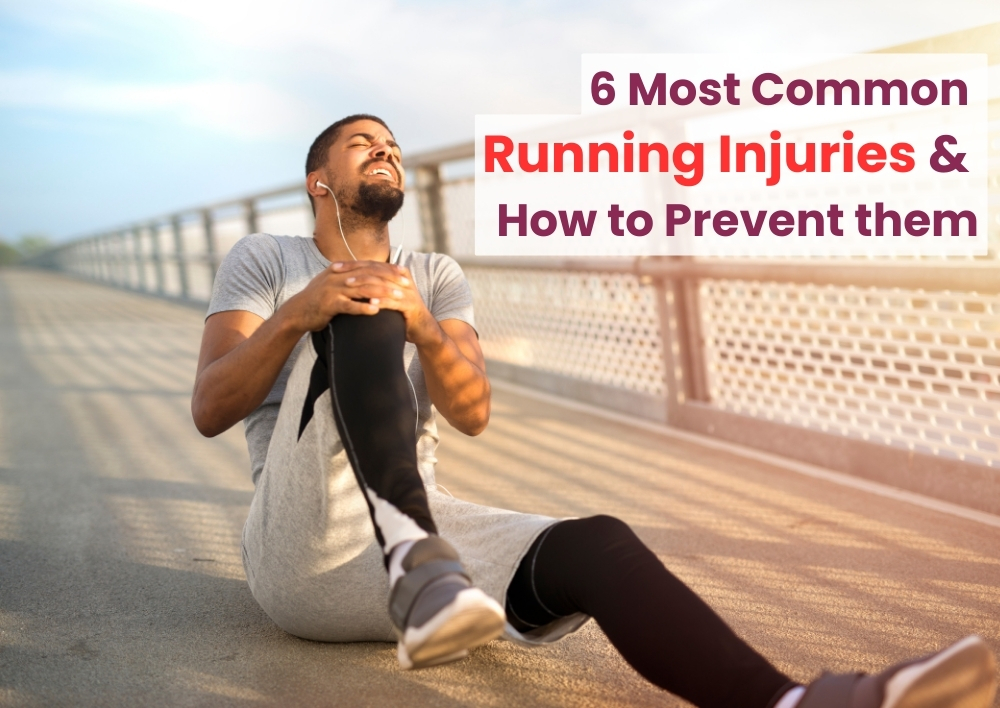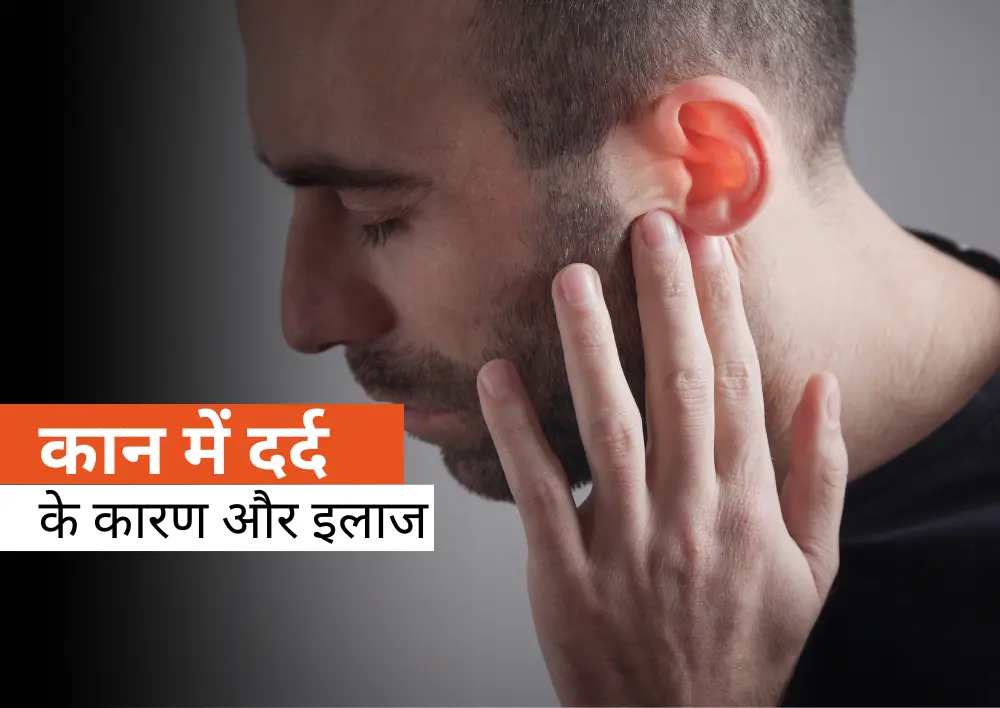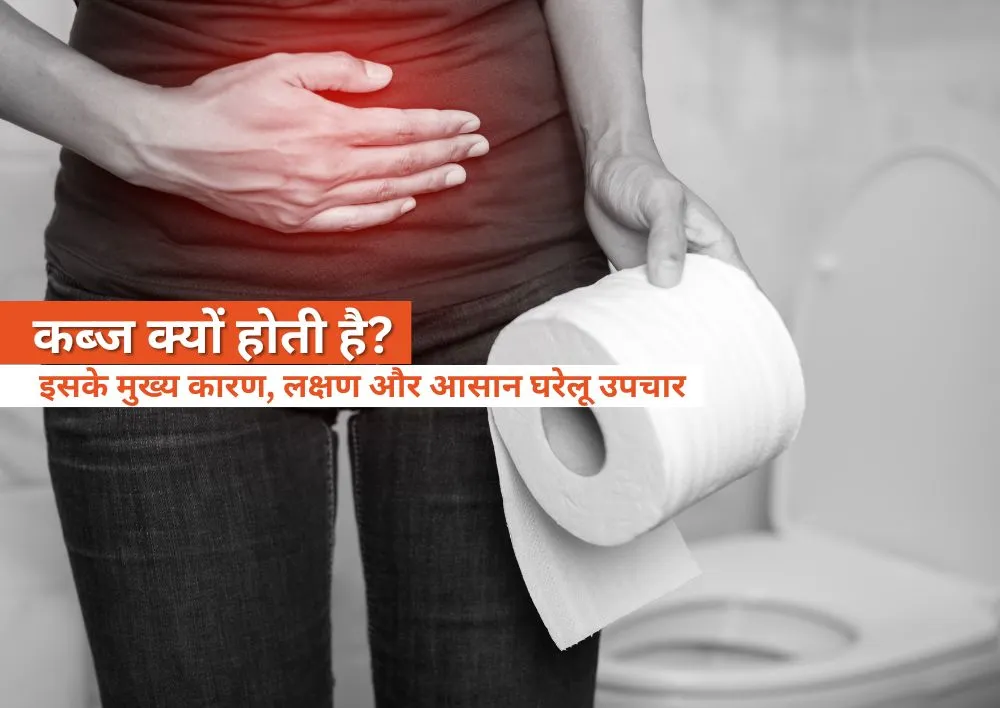6 Most Common Running Injuries & How to Prevent Them
Running is one of the easiest and most popular ways to exercise. Whether you are a professional runner, a marathon enthusiast, or someone who enjoys a casual jog, running has many health benefits. It helps improve heart health, promotes mental well-being, and supports overall fitness. However, like any physical activity, running has its risks, especially when it comes to injuries. Running injuries usually happen due to overuse or running with poor technique.
Understanding which running injuries are common and how to prevent them can help you stay injury-free and enjoy running. In this blog, we will talk about six of the most common running injuries and share simple tips on how to avoid them. But before we get into the details, let’s quickly explain what runner's injuries are.
What are Runner’s Injuries?
According to the leading orthopaedic doctor in gurgaon at Miracles Apollo Cradle/Spectra, Runner’s injuries are physical problems that commonly affect people who run regularly. These injuries usually happen because of repetitive strain on certain parts of the body, such as the knees, feet, and legs. Over time, running can put stress on muscles, joints, and tendons. If proper care isn’t taken, this stress can lead to pain, inflammation, and even serious injuries. While running is a great way to stay fit, it’s important to run with good technique, take enough rest, and wear proper footwear to avoid injury.
Now, let’s explore six of the most common running injuries, their symptoms, and how to prevent them:
1. Runner's Knee: Also known as Patellofemoral Pain Syndrome, it is one of the most common complaints among runners. A runner's knee is a condition characterized by pain around or behind the kneecap. It often occurs due to overuse, improper running mechanics, or muscle imbalances.
Symptoms:
-
A dull pain or ache around the front of the knee.
-
Pain worsens with activities like squatting, kneeling, or walking downstairs.
-
Swelling and tenderness around the knee joint.
Causes:
-
Weak quadriceps or hip muscles.
-
Poor running techniques
-
Improper footwear
-
Overtraining
-
Sudden increases in running distance.
Prevention Tips:
-
Strengthen Your Muscles: Focus on strengthening your quadriceps, hamstrings, and hip muscles. Exercises such as squats, lunges, and leg presses can help achieve strength.
-
Wear the Right Shoes: Wear well-fitted running shoes that provide proper support and cushioning. Replace them after every 300-500 miles.
-
Improve Running Form: Keep your knees soft and avoid overstriding. Work with a coach or physiotherapist to refine your running technique.
-
Stretch Regularly: Stretch your hamstrings, calves, and quadriceps muscles after each run to improve flexibility.
2. Shin Splints: Also known as Medial Tibial Stress Syndrome. Shin splints refer to pain along the shinbone. These are usually caused by overworking the muscles, tendons, and bone tissue. Shin splints are common among new runners or those who increase their mileage or intensity too quickly.
Symptoms:
-
Pain along the medial side of the leg.
-
Tenderness and acute swelling in the lower leg.
-
Pain that worsens with physical activity and decreases with rest.
Causes:
-
Running on hard surfaces, like concrete.
-
Wearing worn-out or unsupportive shoes.
-
Flat feet
-
Improper running techniques.
Prevention Tips:
-
Slowly Increase Mileage: Don’t increase your distance or intensity too quickly. Follow the 10% rule and increase your weekly mileage by no more than 10%.
-
Run on Softer Surfaces: Try to run on softer surfaces like grass, dirt paths, or rubber tracks to reduce the effect on your legs.
-
Strengthen Your Lower Legs: Perform exercises like toe raises and calf stretches to build strength and flexibility in your lower legs.
-
Wear Proper Footwear: Ensure your footwear has good arch support and cushioning. If you have flat feet or any other biomechanical issues, go for custom orthotics.
3. Plantar Fasciitis: This is a common foot injury among runners, characterized by inflammation of the thick band of tissue that runs along the bottom of your foot. Plantar Fasciitis usually causes a sharp pain near the heel, especially in the morning.
Symptoms:
-
Sharp pain around the heel, especially in the morning.
-
Pain that worsens after prolonged standing.
-
Tenderness along the arch of the foot.
Causes:
-
Overpronation.
-
Tight calf muscles.
-
Tight Achilles tendon.
-
Running on hard surfaces without accurate foot support
Prevention Tips:
-
Stretch Your Feet and Calves: Regularly stretch your Achilles tendon and the plantar fascia to keep them flexible.
-
Wear Supportive Shoes: Make sure your running shoes provide adequate arch support and cushioning, especially if you have flat feet or high arches.
-
Use Orthotics: If necessary, use custom orthotic inserts to correct biomechanical issues like overpronation.
-
Rest and Ice: If you experience pain, take rest and apply ice to the affected area. Avoid running until the pain decreases
4. Achilles Tendinitis: The Achilles tendon is the largest tendon that connects calf muscles to the heel. Achilles tendinitis occurs when this tendon becomes inflamed, usually due to repetitive strain, overuse, or tight calf muscles.
Symptoms:
-
Pain and stiffness especially in the morning or after any physical activity.
-
Swelling or tenderness in the back of the ankle.
-
Difficulty flexing the foot or standing on your toes.
Causes:
-
Tight calf muscles or improper warm-up.
-
Overtraining
-
Sudden increases in hill running.
-
Wearing worn-out shoes that don’t provide that much support.
Prevention Tips:
-
Stretch and Strengthen Your Calves: Regularly stretch your calf muscles and strengthen them with exercises like calf raises. These exercises help prevent tightness and improve flexibility.
-
Warm Up Properly: Always warm up before running, especially focus on dynamic stretches for your lower legs.
-
Alternate Running Surfaces: Avoid running too frequently on uneven or sloped surfaces that can cause strain on your Achilles.
-
Take Rest: Allow your body time to recover by taking rest from running for a few days and incorporating cross-training into your routine.
5. IT Band Syndrome: The iliotibial (IT) band is a thick band of tissue that runs along the outside of the thigh, from the hip to the knee. Iliotibial Band Syndrome occurs when the IT band becomes tight or inflamed, causing pain on the outer side of the knee.
Symptoms:
-
Sharp pain or burning sensation on the outside of the knee.
-
Pain that worsens with running, especially downhill or after long distances.
-
Tenderness or swelling along the outer thigh.
Causes:
-
Running on uneven surfaces
-
Always running on the same side of the road.
-
Weak hip muscles or imbalances in the lower body.
-
Overtraining
-
Increasing mileage too quickly.
Prevention Tips:
-
Strengthen Your Hips and Glutes: Strengthening your hip muscles and glutes can help stabilize your pelvis and reduce strain on the IT band. Try exercises like clamshells and hip bridges for muscle strengthening.
-
Stretch the IT Band: Try IT band stretches for flexibility and to reduce tightness.
-
Avoid Running on Uneven Surfaces: Modify your running routes and avoid running on sloped surfaces.
-
Foam Roll Regularly: Use a foam roller to massage and release tension in your IT band and surrounding muscles.
6. Stress Fractures: These are small cracks in the bone, usually caused by repetitive impact over time. Stress fractures are common in the lower legs and feet of runners who increase their mileage or intensity too quickly without allowing for proper recovery.
Symptoms:
-
Localized pain that worsens with physical activity and improves with rest.
-
Swelling or tenderness around the affected bone.
-
Pain becomes more constant over time, even during non-running activities.
Causes:
-
Overtraining.
-
Sudden increases in mileage.
-
Running on hard surfaces without proper footwear.
-
Insufficient nutrition, low calcium or vitamin D levels.
Prevention Tips:
-
Follow a Training Plan: Avoid sudden increases in distance or intensity. Stick to a slow, well-structured training plan that also includes rest days.
-
Improve Bone Strength: Ensure you are getting enough calcium and vitamin D in your diet to support bone health.
-
Wear Proper Shoes: Choose running shoes with good shock absorption to minimize impact on your bones.
-
Cross-Train: Perform low-impact activities like swimming or cycling to reduce repetitive stress on your bones.
Conclusion:
Running injuries are common, but many are preventable with the right precautions. Focus on building strength, maintaining flexibility, and listening to your body. If you start feeling pain, don’t ignore it. Rest, recover, and if the pain is deliberating, consult an ortho doctor near you. By paying attention to your body’s signals and following these prevention tips, you can keep running injury-free and enjoy the countless benefits that running brings. To enhance your running routine or need personalized advice on preventing injuries, consult with an orthopedic doctor near you at Miracles Healthcare.













Was the information useful?
0 0